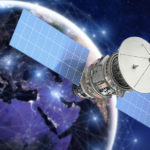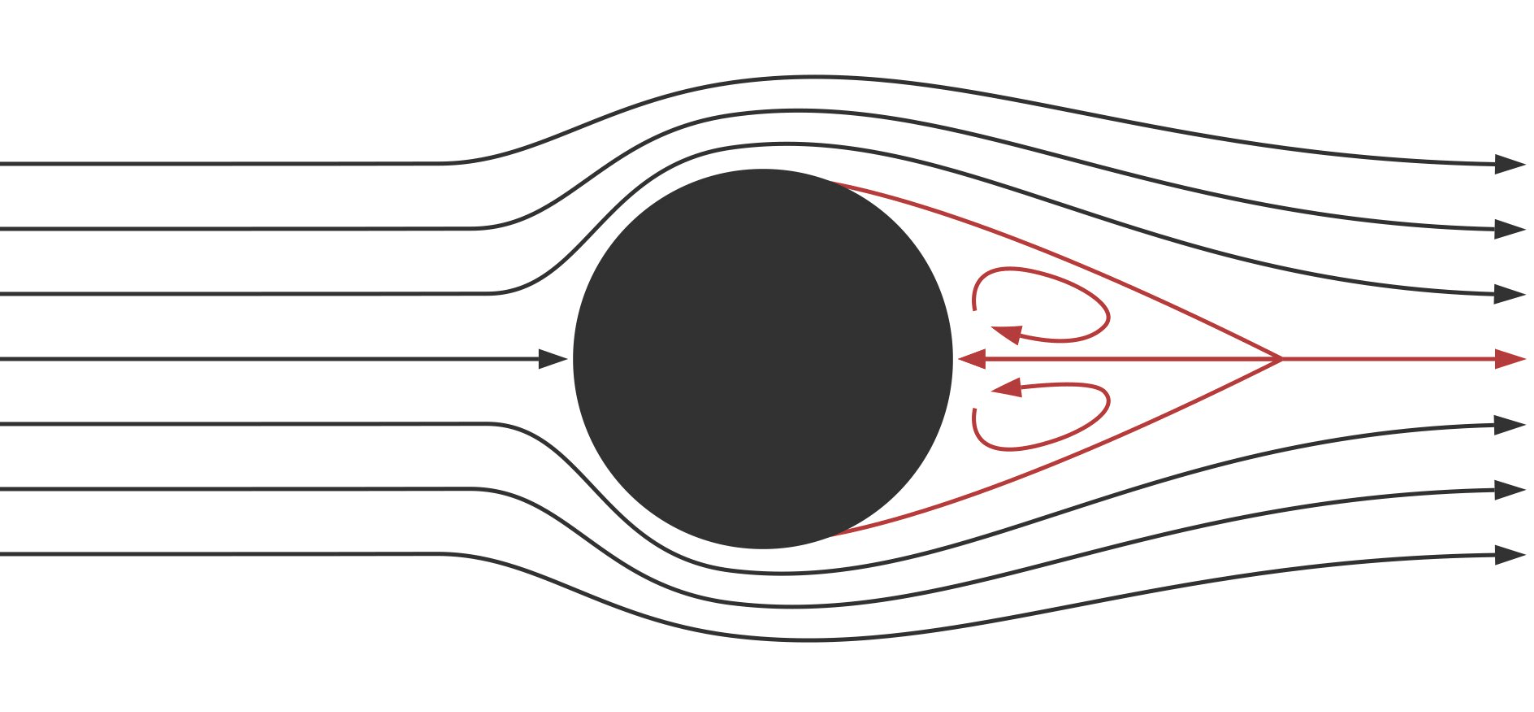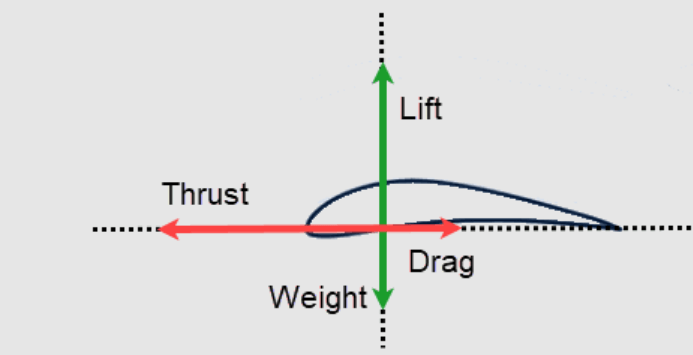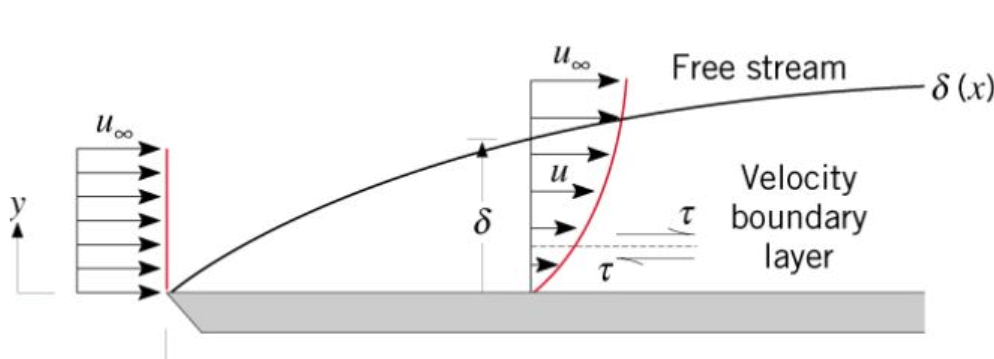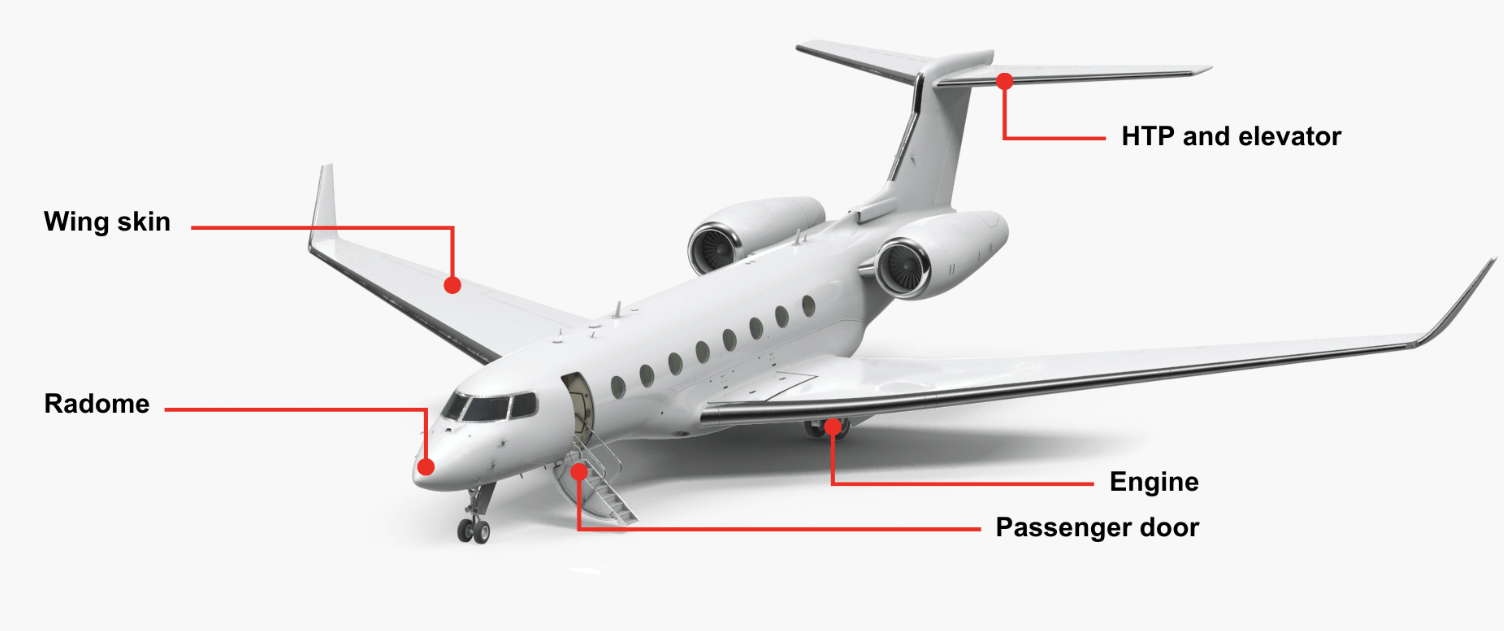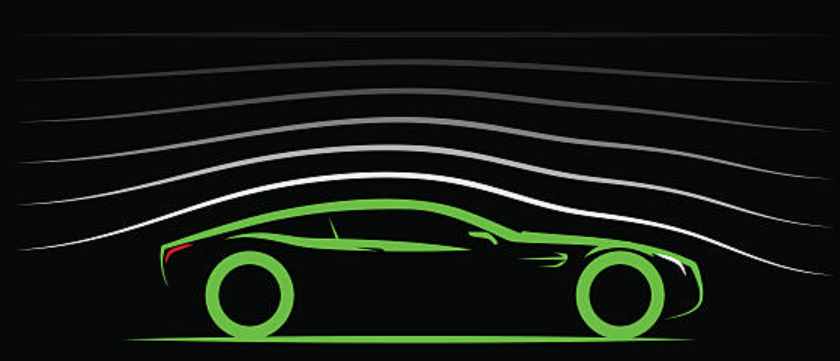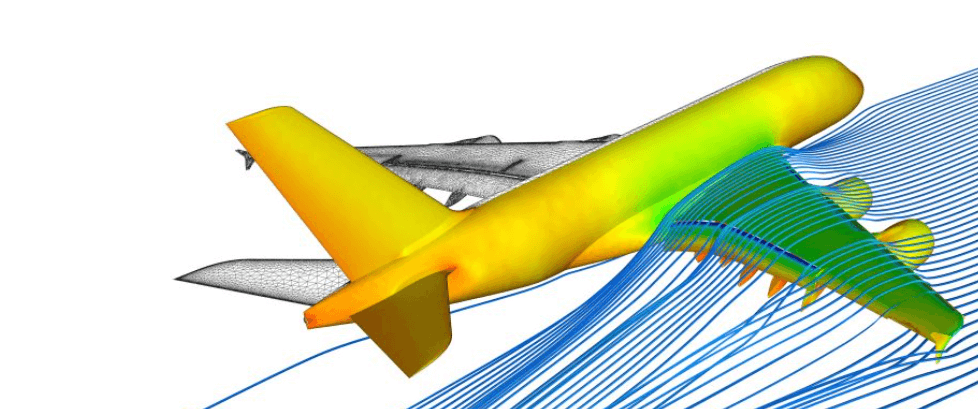Investigate the principles of aerodynamics in mechanical engineering, covering topics such as fluid flow around objects, lift and drag forces, and boundary layer phenomena.
Investigate the principles of aerodynamics in mechanical engineering, covering topics such as fluid flow around objects, lift and drag forces, and boundary layer phenomena. Explore the applications of aerodynamics in aerospace engineering, automotive design, and wind energy systems. Discuss the principles of airfoil design, including lift and drag characteristics, and examine computational methods for predicting aerodynamic performance. Analyze the influence of geometric parameters, flow conditions, and aerodynamic interference effects on vehicle and aircraft aerodynamics, and discuss strategies for aerodynamic optimization and performance enhancement.
The fundamentals of aerodynamics and the ways they are applied in the field of mechanical engineering are described below.
- 1. Flow of fluid around any object:
- The principles of conservation of mass, momentum, and energy govern the dynamics of fluid flow around objects.
- Fluid flow behavior is complex, and is typically described using mathematical equations like the Navier-Stokes equations and due to the complexity of these equations, numerical methods are often used to solve them.
- The Lift and Drag forces:
- An object like an airfoil, wing, or rotor blade generates lift due to difference in pressure between its upper and lower surfaces.
- When an object moves through a fluid, it encounters a resistance force known as drag. Drag force is composed of several elements, like form drag, skin friction drag, and interference drag.
- Lift and drag forces are impacted by several factors, like angle of attack, object’s shape, and characteristics of the fluid.
- The Boundary layer phenomena:- The area close to a solid surface where fluid’s viscosity is more significant is known as boundary layer. It is a thin layer. The study of boundary layer phenomena is essential for calculating drag forces and for improving aerodynamic design.
- Applications in aerospace engineering:
- The design and performance of aerial vehicles like aircraft, missiles, and spacecraft are significantly influenced by aerodynamics.
- Aerodynamic principles are used for the design of aircraft components like wings, fuselage, and control surfaces. By understanding these principles, engineers can apply to achieve specific flight characteristics like stability, maneuverability, and efficiency, all of which are essential for optimal aircraft performance.
- 5. Applications of aerodynamics in Automotive Design:
- The performance and fuel efficiency of vehicles are significantly influenced by aerodynamics of air flow.
- To enhance fuel efficiency and achieve higher top speeds, automotive engineers design vehicle shapes, with the goal of minimizing drag and optimizing aerodynamic performance.
- 6. Application of aerodynamics in Wind Energy System:
- The design and operation of wind turbines are based on the principle of aerodynamics.
- To achieve maximum energy extraction from the wind and to minimize structural loads, engineers optimize the shape and configuration of turbine blades.
- Computational Methods for predicting aerodynamic performance:
- The governing equations of fluid flow are numerically solved by computational fluid dynamics (CFD) to predict aerodynamic performance.
- Engineers can utilize CFD to examine flow dynamics and enhance design.
- Influence of Geometric Parameters, Flow Conditions, and Aerodynamic Interference Effects:
- Aerodynamic performance is influenced by geometric parameters like shape, size and surface roughness.
- Lift and drag forces are influenced by airspeed, altitude and temperature.
- Aerodynamic interference effects arise when multiple objects like vehicles move in close proximity to one another or in aircraft configurations between wing and fuselage.
- 9. Strategies for Aerodynamic Optimization and Performance Enhancement:
- The iterative design process of aerodynamic optimization aims to enhance performance metrics like lift-to-drag ratio and aerodynamic efficiency.
- Optimization strategies include modifying the shape of the object, implementing air flow control techniques (such as vortex generators), and minimizing effects of aerodynamic interference.
Mechanical engineers can apply these principles to enhance the efficiency and performance of vehicles, aircraft, and wind energy systems.


